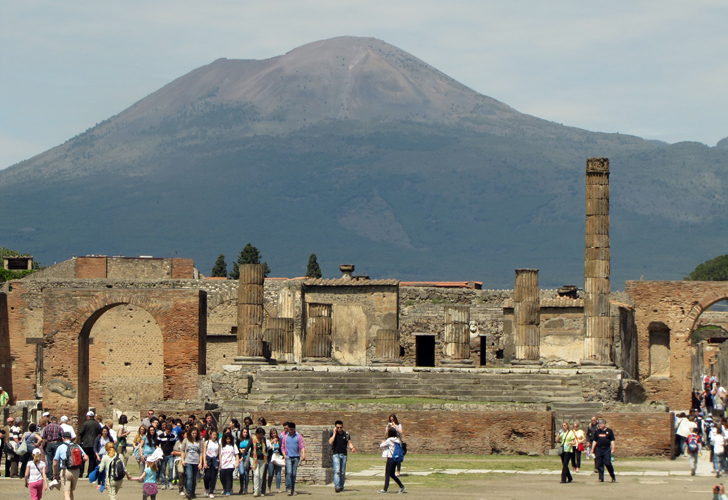
Italy Photos 4: Pompeii and Ostia

The Forum at Pompeii, with Vesuvius in the background.
On 24th August, AD79, the volcano erupted and showered the city in ash and pumice.
Around 2000 people were killed, although many escaped.
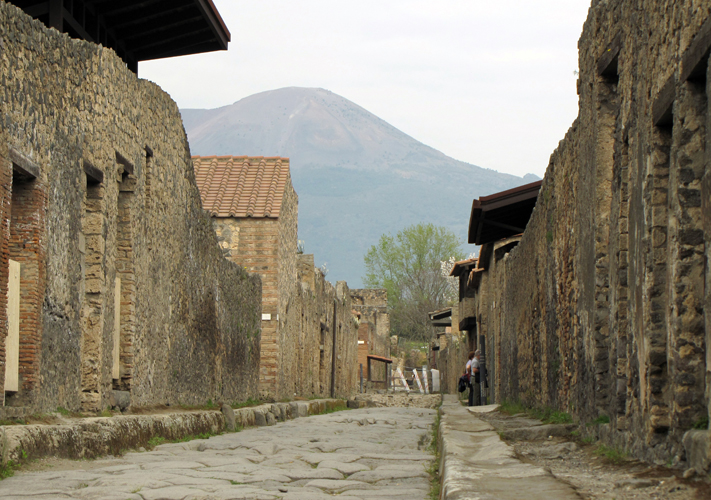
A street in Pompeii
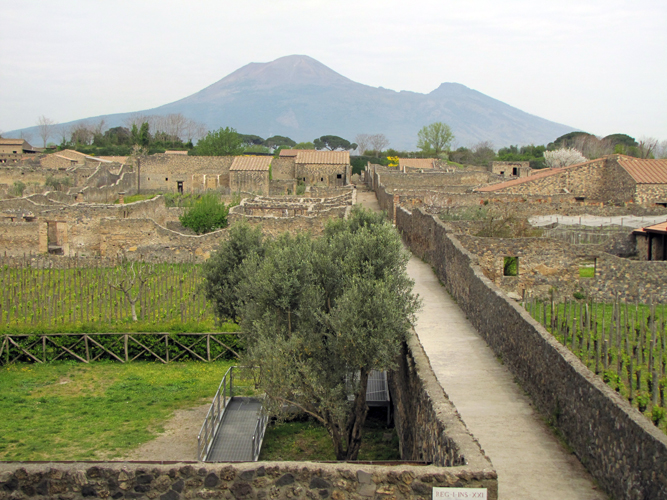
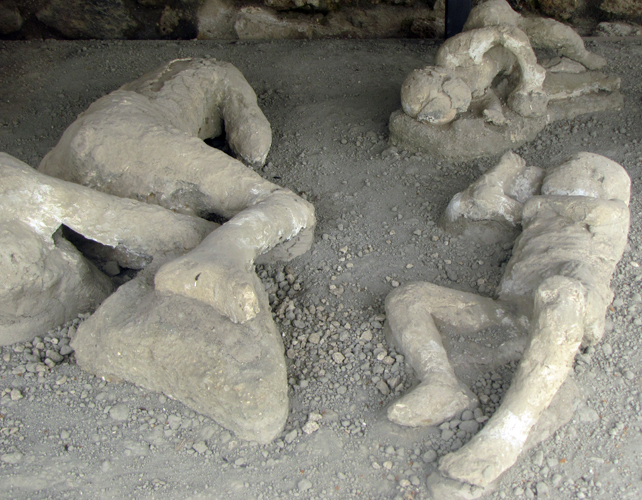
The bodies of some victims left cavities in the rock. These were filled with plaster and the rock was cut away.
Now we can see the shapes of these poor victims, nearly 2000 years after they died.
Only their skeletons remain inside.
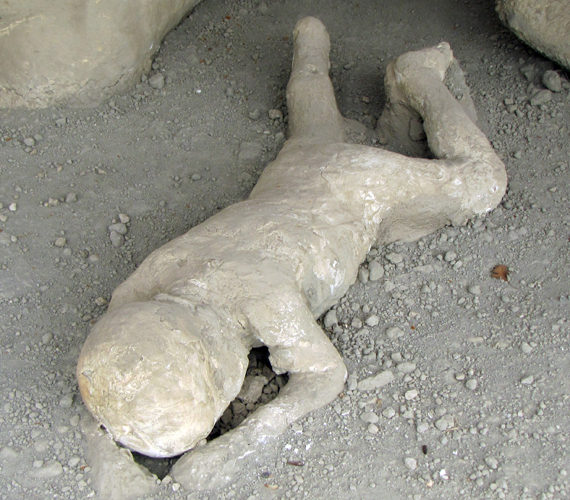

The original site of the Alexander Mosaic, in the so-called House of the Faun. A copy has been laid here.

The pool and faun statue after which the house is named.
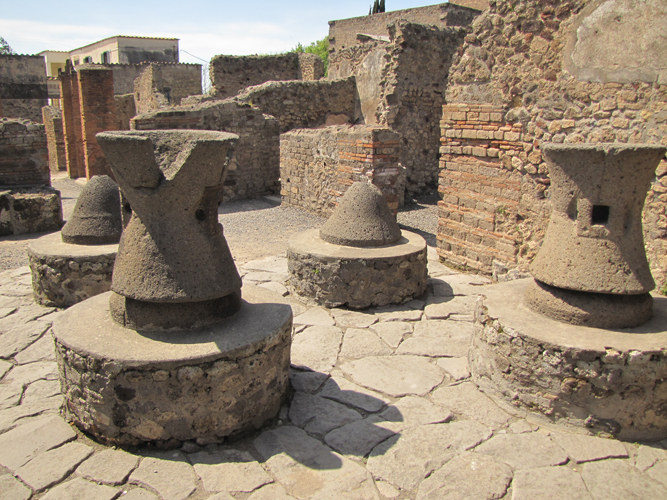
Stone mills for grinding grain. They were turned by donkeys.

A baker's oven.

The world's first 'beware of the dog' sign. In Latin it says 'Cave Canem'.

One of the many bath houses in Pompeii. Ordinary Romans did not have running wqater but they wished to stay clean,
so often visited the baths. Baths were also places for exercise, leisure, socialising, and making business deals.

A pool in a bath house. Slaves kept furnaces burning to heat water and air which circulated under rooms to heat them.

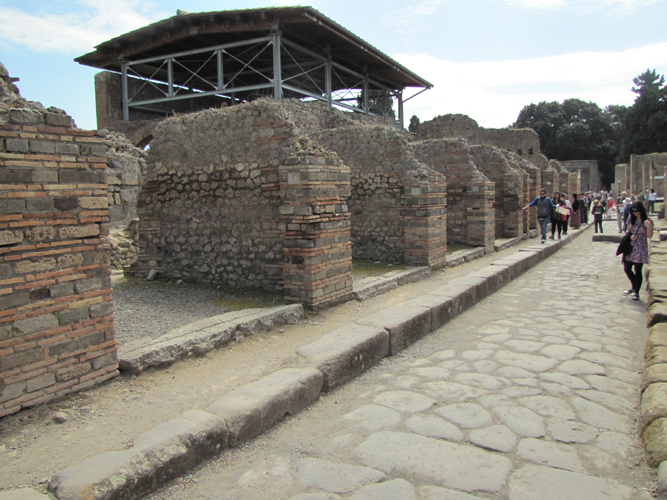
A row of shops in Pompeii. They are recognisable by the wide doorways.
People often lived at the back of, or above their shops. Rich people would also rent out spaces at the front of their houses as shops.

A bath house, with a very ornately decorated ceiling in stucco and paint.

A pool in a bath house.
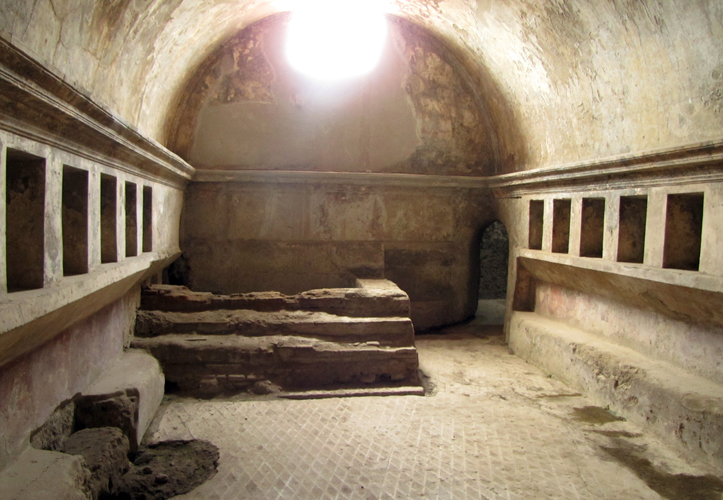
Another pool, with niches on the wall for storing clothes.

The main theatre at Pompeii.

A mural from the Villa of the Mysteries at Pompeii. It shows a young woman being initiated into a cult in preparation for her marriage.
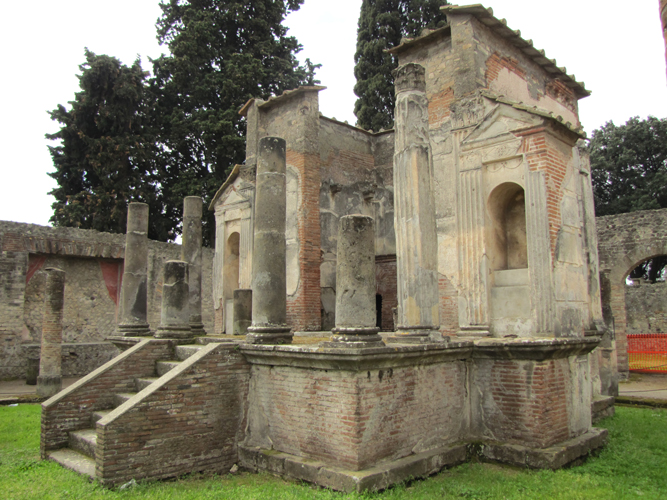
The temple of Isis at Pompeii. Isis was an Egyptian goddess adopted by the Greeks and Romans.

A crossroads at Pompeii, with stepping stones. The streets would become very filthy with horses and donkeys,
and people chucking out their rubbish. There was no waste disposal in ancient times! This is why stepping stones were needed.
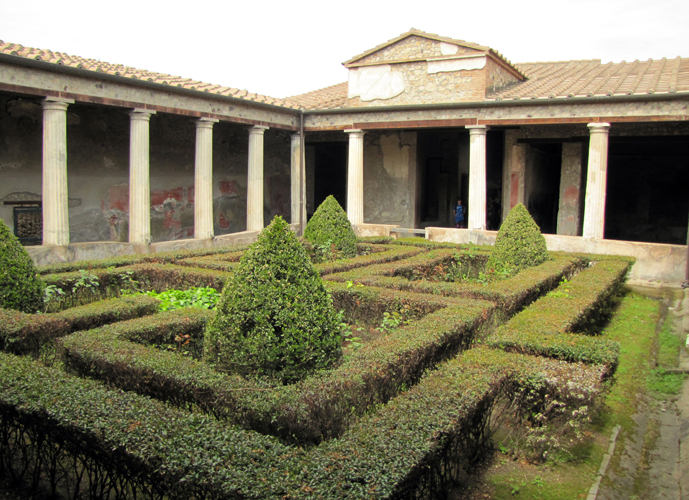
A garden in one of the houses.
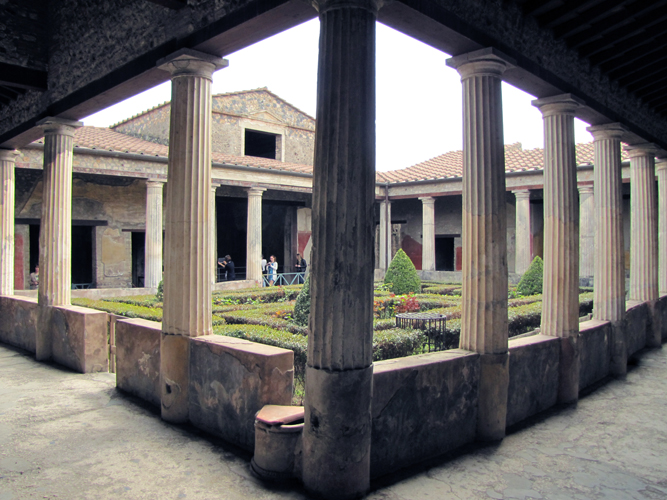
Gardens were often surrounded by columns.

Inside a rich man's house.

Another house with mosaic floor and pool in the atrium, and a staircase leading up to the second floor.
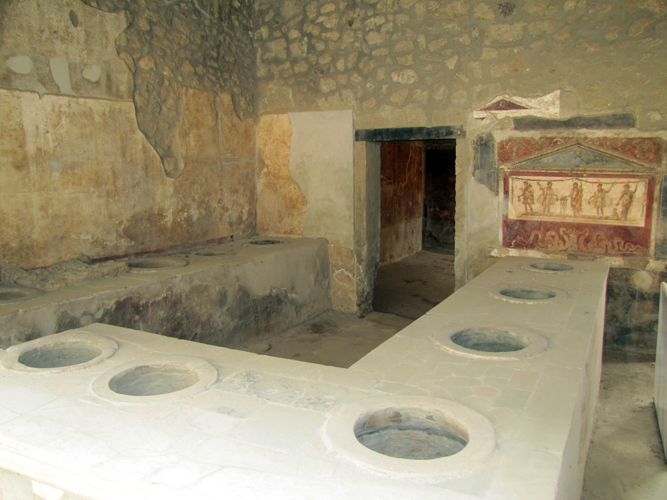
A take-away/restaurant, known as a thermopolium.
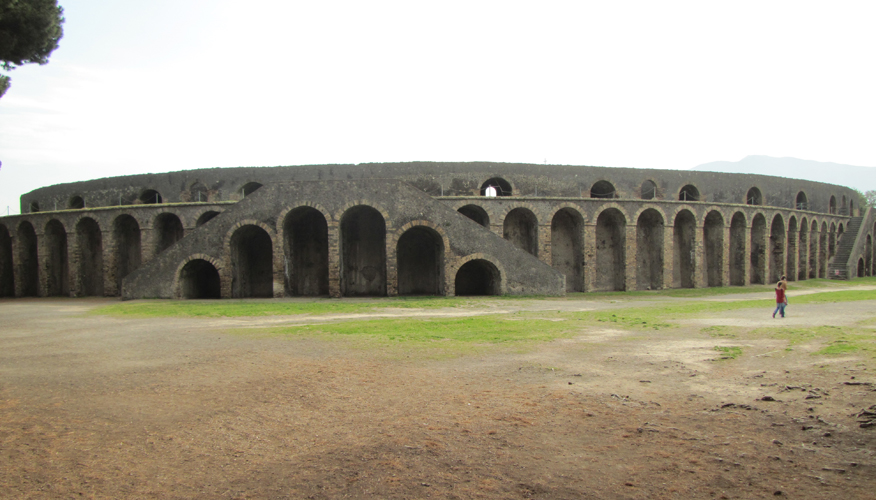
The amphitheatre at Pompeii
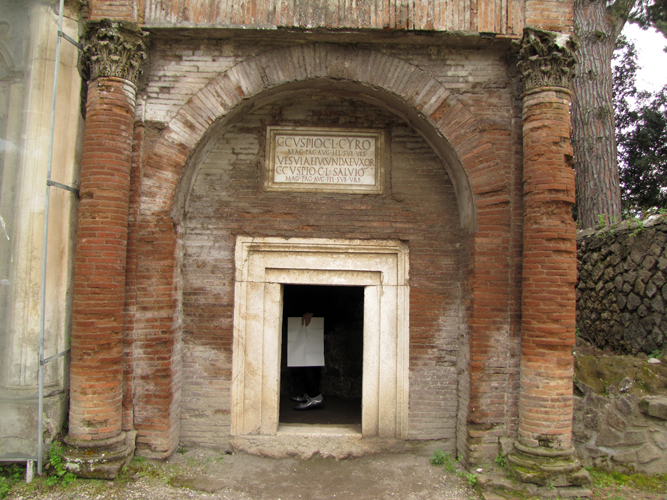
One of many tombs outside Pompeii
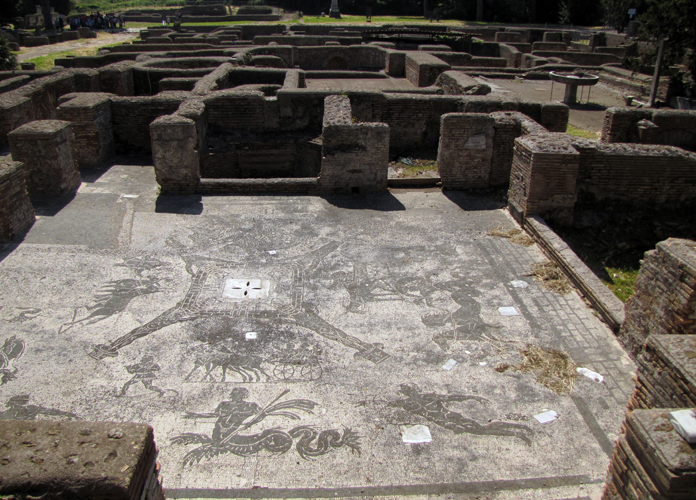
Ostia - one of the bath houses with sea-themed mosaic.
Ostia was the ancient port of Rome and very important for trade, especially grain.
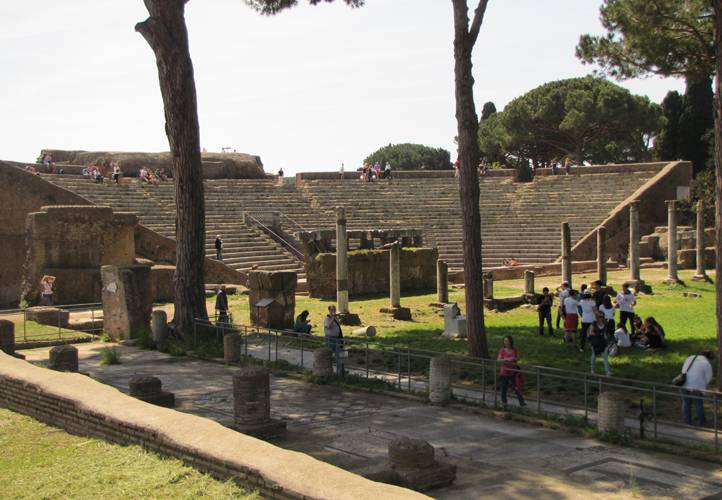
The theatre of Ostia

A row of shops and apartments in Ostia

Large jars for storing grain

An outdoor pool in one of the baths

Inside a restaurant in Ostia (a thermopolium)
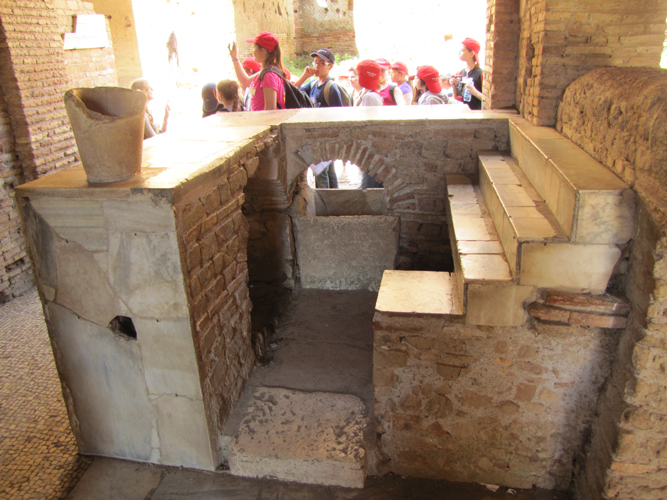
The counter in the restaurant

A courtyard for eating outdoors at the back of the restaurant
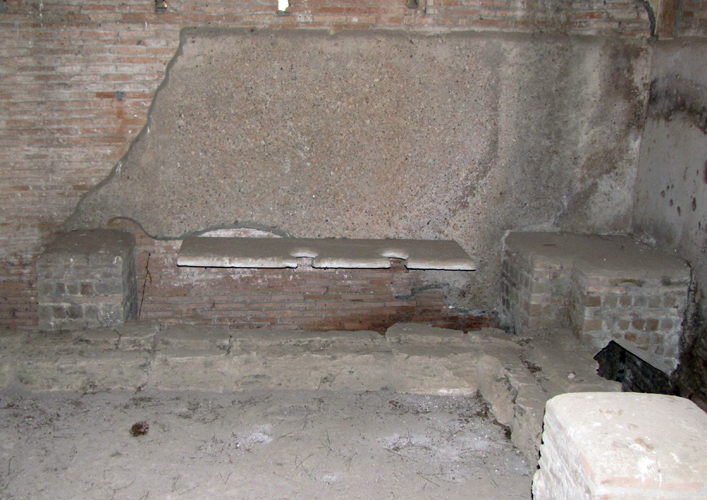
A latrine (public toilets). There were no cubilces - people sat side by side. There was no toilet paper either - instead
a sponge on a stick which was washed after use in a channel of water, which you can see just in front of the seats.
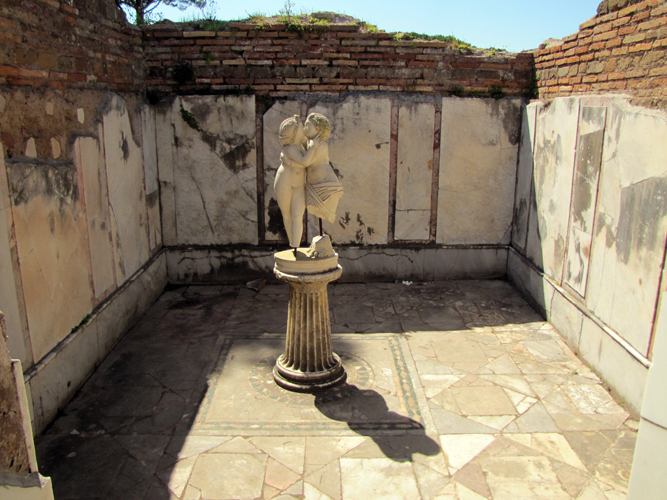
Rich person's house in Ostia - a beautifully decorated room with a statue of two gods kissing
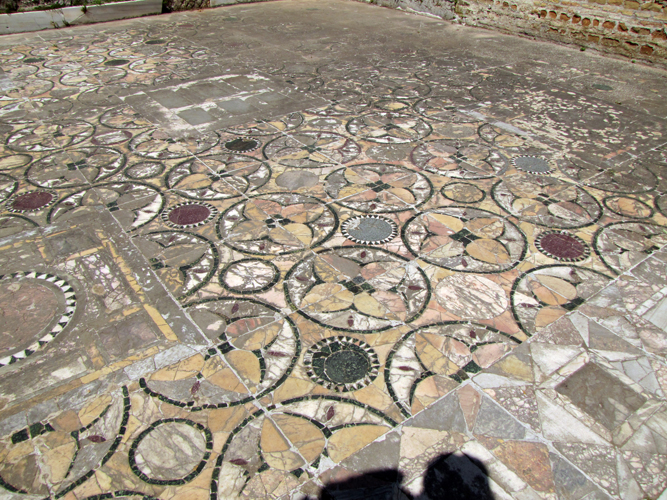
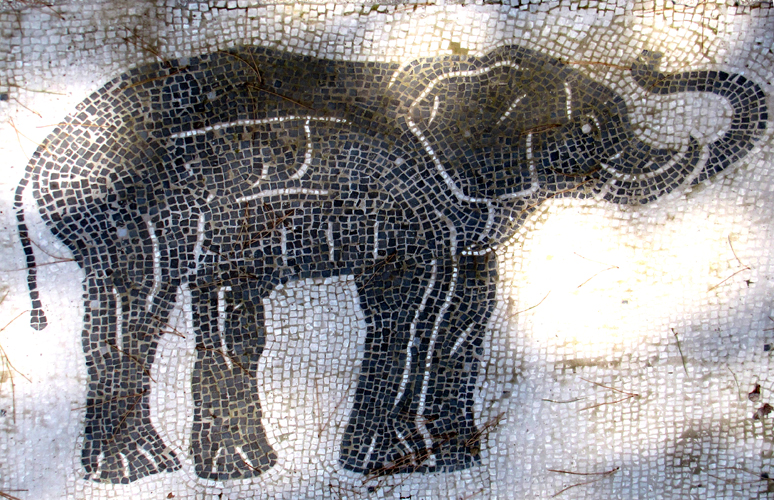
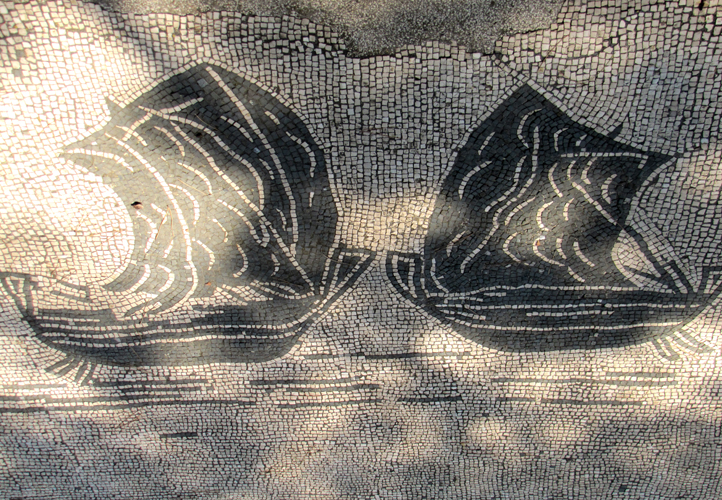
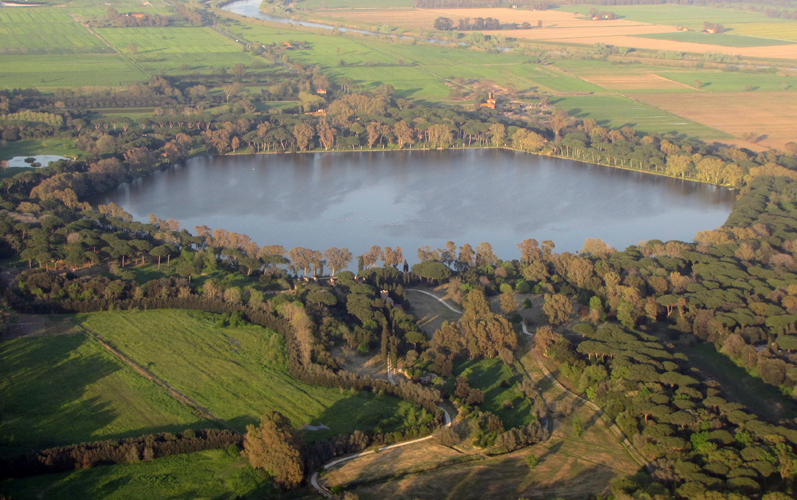
Portus, or the Lake of Trajan - taken from the plane on leaving Rome.
This was a large hexagonal port built under Emperor Trajan (98-117AD).